Throughout human history, birds have captured our imagination with their ability to soar through the skies, their melodious songs, and their mysterious migrations. These fascinating creatures have appeared in mythologies across diverse cultures, often serving as messengers between worlds, omens of fortune or doom, or embodiments of powerful deities. From the majestic phoenix rising from its ashes to the wise owl accompanying Athena, birds have been imbued with symbolic significance that transcends mere animal existence. Ancient peoples observed birds closely, attributing supernatural qualities to their behaviors and incorporating them into religious narratives that helped explain the complexities of the natural world. This exploration of avian mythology reveals not only our ancestors’ fascination with birds but also provides insight into how different cultures perceived the cosmos, spirituality, and humanity’s place within the greater order.
The Egyptian Bennu Bird and the Phoenix Myth
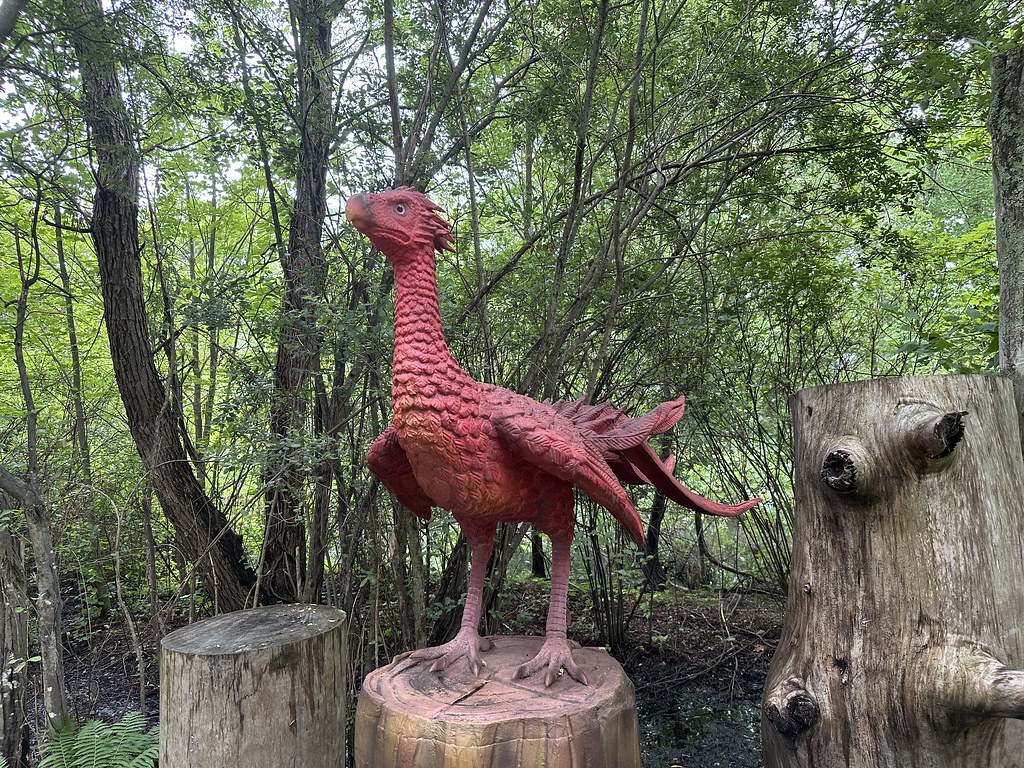
In ancient Egyptian mythology, the Bennu bird was a self-created deity associated with the sun, rebirth, and creation. Depicted as a heron with long feathers extending from its head, the Bennu was said to have flown over the primordial waters at the beginning of time, its cry breaking the silence of the cosmos and initiating creation. This sacred bird was closely connected to the god Osiris and the concept of cyclical time, appearing at the temple in Heliopolis at the beginning of each new era. The Bennu’s mythology later influenced the more widely known phoenix myth in Greek tradition, where the bird would live for 500 years before building its own funeral pyre, burning itself to ashes, and rising renewed for another cycle. This powerful symbol of regeneration and immortality spread throughout Mediterranean cultures, eventually becoming one of the most recognized bird myths worldwide.
Ravens and Crows in Norse Mythology
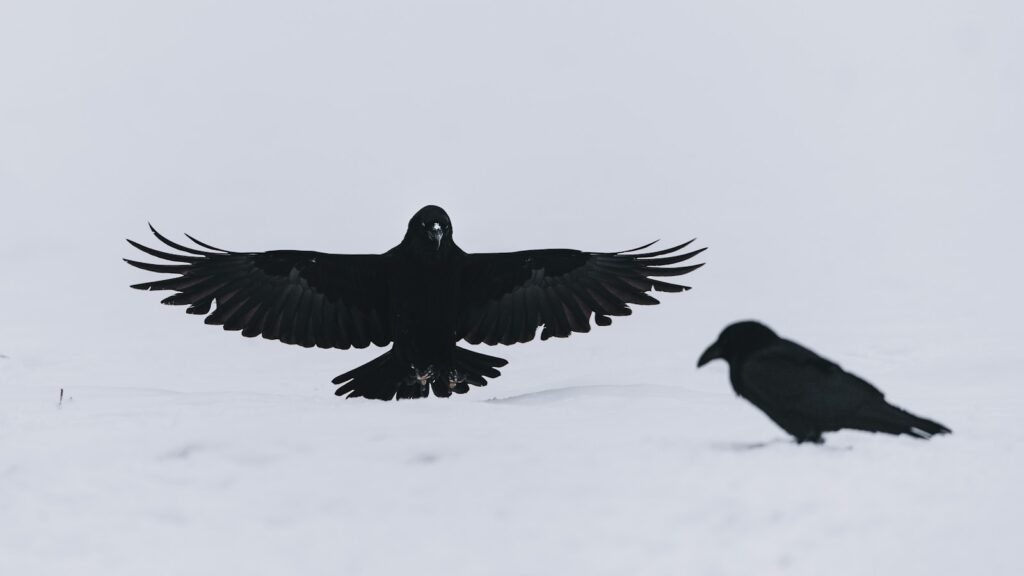
In the frosty realms of Norse mythology, ravens held a position of extraordinary importance, particularly in connection with the All-Father Odin. Hugin (thought) and Munin (memory), Odin’s faithful raven companions, would fly across the Nine Worlds each day, gathering information and returning to whisper their findings in the god’s ear. These intelligent birds served as Odin’s eyes and ears, reflecting the actual cognitive abilities of corvids that ancient Norse people undoubtedly observed. Ravens were also associated with battlefields, earning them the grim nickname “wolf-birds” as they would feast on the fallen, creating a connection between these birds and the transition between life and death. Beyond Odin’s pair, crows and ravens appeared throughout Norse tales as harbingers, psychopomps, and symbols of wisdom, their black plumage and clever nature making them perfect intermediaries between the world of humans and the realm of gods.
The Thunderbird of Native American Traditions
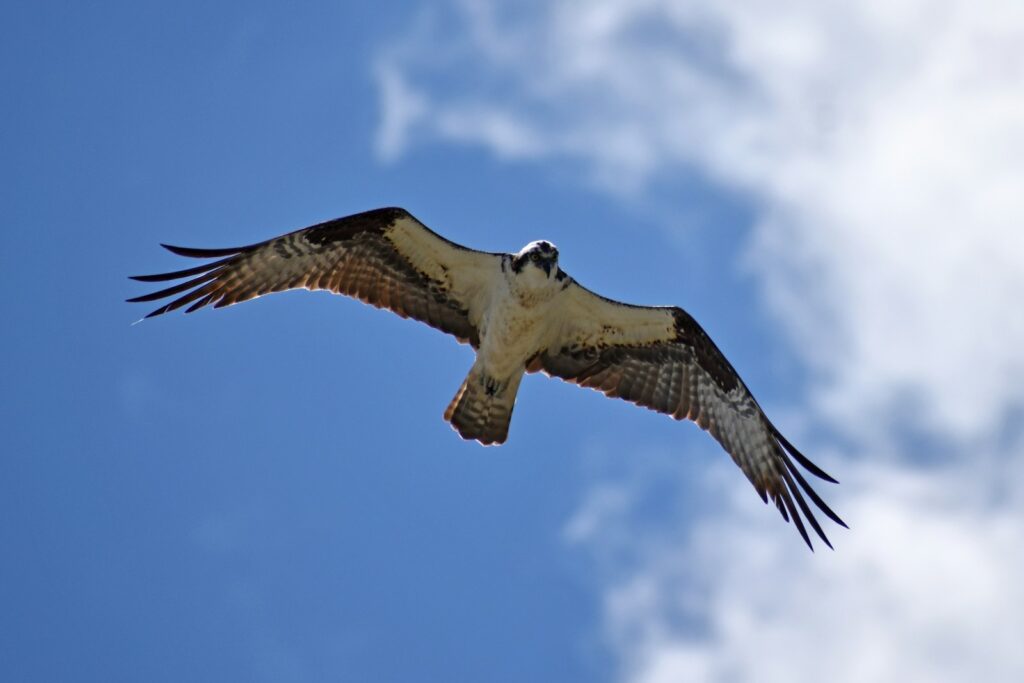
Across numerous Native American cultures, the mighty Thunderbird stands as one of the most powerful and revered avian figures in indigenous mythology. This legendary creature, often depicted with enormous wings that create thunder when flapped and eyes that flash lightning, was believed to be a supernatural being capable of controlling weather patterns. To the peoples of the Pacific Northwest, like the Kwakwaka’wakw and Haida, the Thunderbird was a formidable spirit being that hunted whales using lightning snakes it carried in its talons. Among Plains tribes such as the Lakota, the Thunderbird was considered a messenger of the Great Spirit and a symbol of power and strength. In many creation stories, these magnificent birds were responsible for bringing rain to parched lands, demonstrating the central role weather played in agricultural societies and showing how birds, as creatures of both sky and earth, served as perfect symbolic mediators between human communities and greater cosmic forces.
Garuda: The Divine Mount in Hindu Mythology

In Hindu mythology, Garuda emerges as a magnificent eagle-like being whose majestic presence transcends ordinary avian existence. As the vahana (mount) of Lord Vishnu, one of the principal deities in the Hindu pantheon, Garuda holds an exalted position as both divine messenger and celestial transporter. Born to the sage Kashyapa and Vinata, Garuda’s birth story involves his mother’s rivalry with her co-wife Kadru, mother of serpents, establishing the eternal enmity between birds and snakes. Garuda is typically portrayed with the body of a man and the head, wings, talons, and beak of an eagle, often shown carrying Lord Vishnu across the heavens. His immense power is demonstrated in mythology when he steals the elixir of immortality (amrita) from the gods to free his mother from slavery, though his loyalty to cosmic order prevents him from consuming it himself. In Buddhist traditions, particularly in Southeast Asia, Garuda also appears as a protector figure who devours nagas (serpent deities), symbolizing the triumph of understanding over desire.
The Sacred Ibis of Egypt
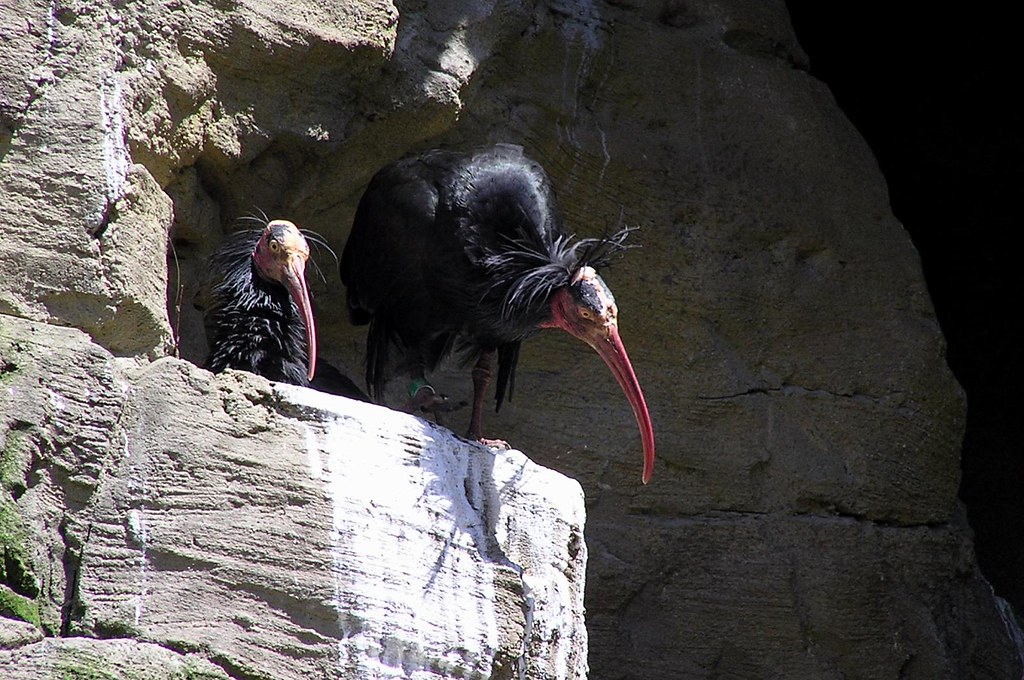
The sacred ibis held particular significance in ancient Egyptian religion as the earthly representative of Thoth, the god of wisdom, writing, and magic. With its distinctive curved beak and elegant white feathers, the ibis was frequently mummified and offered as votive sacrifices to honor Thoth, with millions of these bird mummies discovered in dedicated catacombs across Egypt. The Egyptians closely observed how ibises would appear with the annual flooding of the Nile, connecting these birds to cycles of renewal and the agricultural bounty that followed inundation. Thoth himself was often depicted either as a full ibis or as a human figure with an ibis head, with the bird’s curved beak resembling the crescent moon, further associating this deity with lunar cycles and measurement of time. The sacred ibis (Threskiornis aethiopicus) was so venerated that killing one, even accidentally, was considered a serious offense that could be punished by death, demonstrating the profound reverence ancient Egyptians held for these birds.
Owls: Symbols of Wisdom and Death
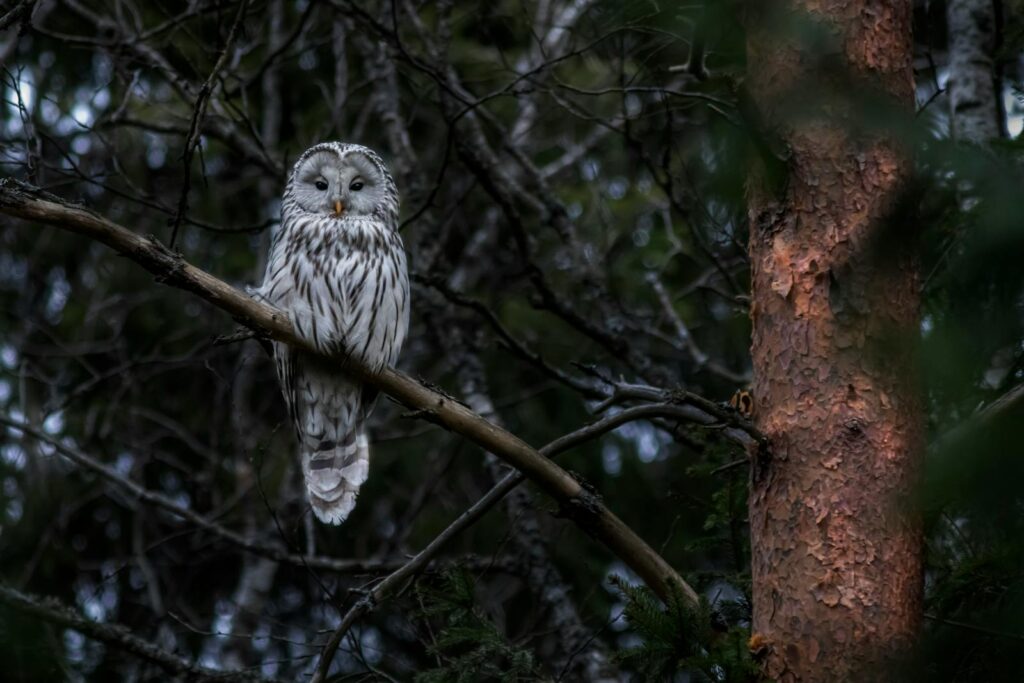
Across diverse cultural traditions, owls have embodied a fascinating duality, simultaneously representing profound wisdom and serving as harbingers of death or misfortune. In ancient Greek mythology, the little owl (Athene noctua) was sacred to Athena, goddess of wisdom and strategic warfare, often depicted perched on her shoulder or hand, symbolizing knowledge and clear-sightedness. This positive association contrasts sharply with many other traditions, such as those of certain Native American tribes who viewed owls as psychopomps guiding souls to the afterlife or as transformed ghosts. In Rome, the hoot of an owl was considered an omen of impending death, while in ancient India, owls represented both foolishness and esoteric wisdom. Medieval European folklore often cast these nocturnal birds as witches’ familiars or harbingers of doom, building on their silent flight, nocturnal habits, and eerie calls. This contradictory symbolism reflects humanity’s complex relationship with these mysterious birds, whose ability to see in darkness has metaphorically represented both enlightened perception and communion with unseen realms.
The Crane in East Asian Mythology
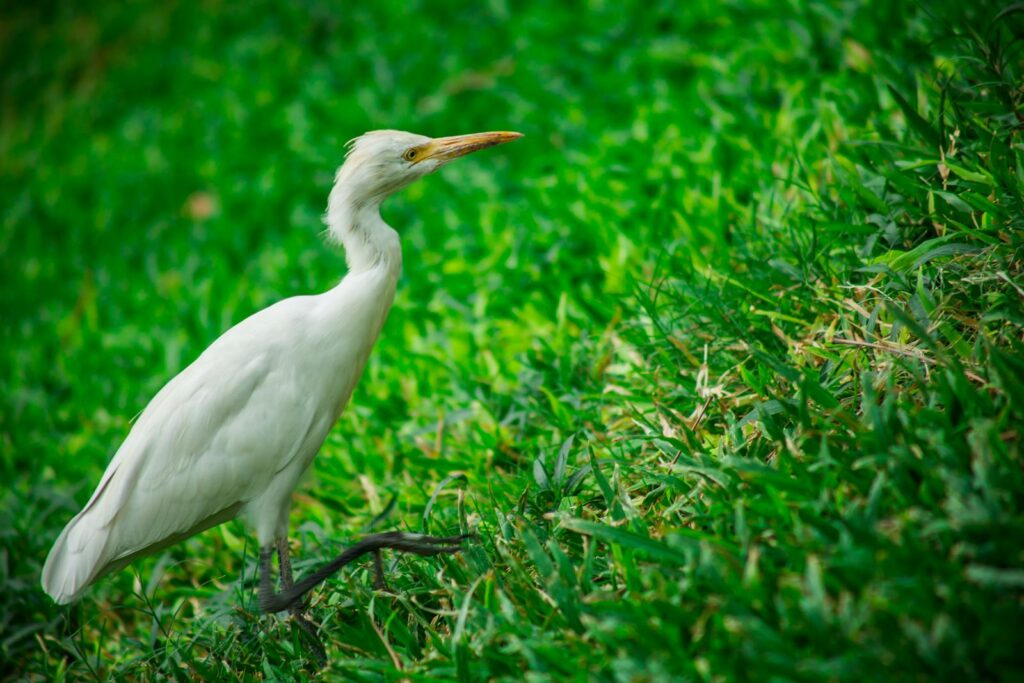
In East Asian mythology, the crane stands as one of the most revered birds, symbolizing longevity, wisdom, and good fortune across Chinese, Japanese, and Korean traditions. These elegant birds were believed to live for a thousand years, making them powerful symbols of immortality and the transcendence of ordinary existence. In Chinese Taoist iconography, cranes often accompanied immortals or carried them on their backs between earthly and celestial realms, their white plumage representing purity and their graceful flight suggesting spiritual elevation. Japanese folklore features the crane prominently in the famous “Tsuru no Ongaeshi” (The Crane’s Return of Favor) story, where a crane disguised as a woman weaves beautiful cloth for the man who saved her, highlighting themes of gratitude and sacrifice. The crane dance (tsuru no mai) remains an important ceremonial performance in Japanese culture, while in Korean mythology, cranes were considered divine birds that carried the souls of the departed to heaven. Their appearance in art, literature, and ceremony throughout East Asia demonstrates how these majestic birds came to embody humanity’s highest aspirations for a long, virtuous life.
Birds of Prey in Greek and Roman Mythology
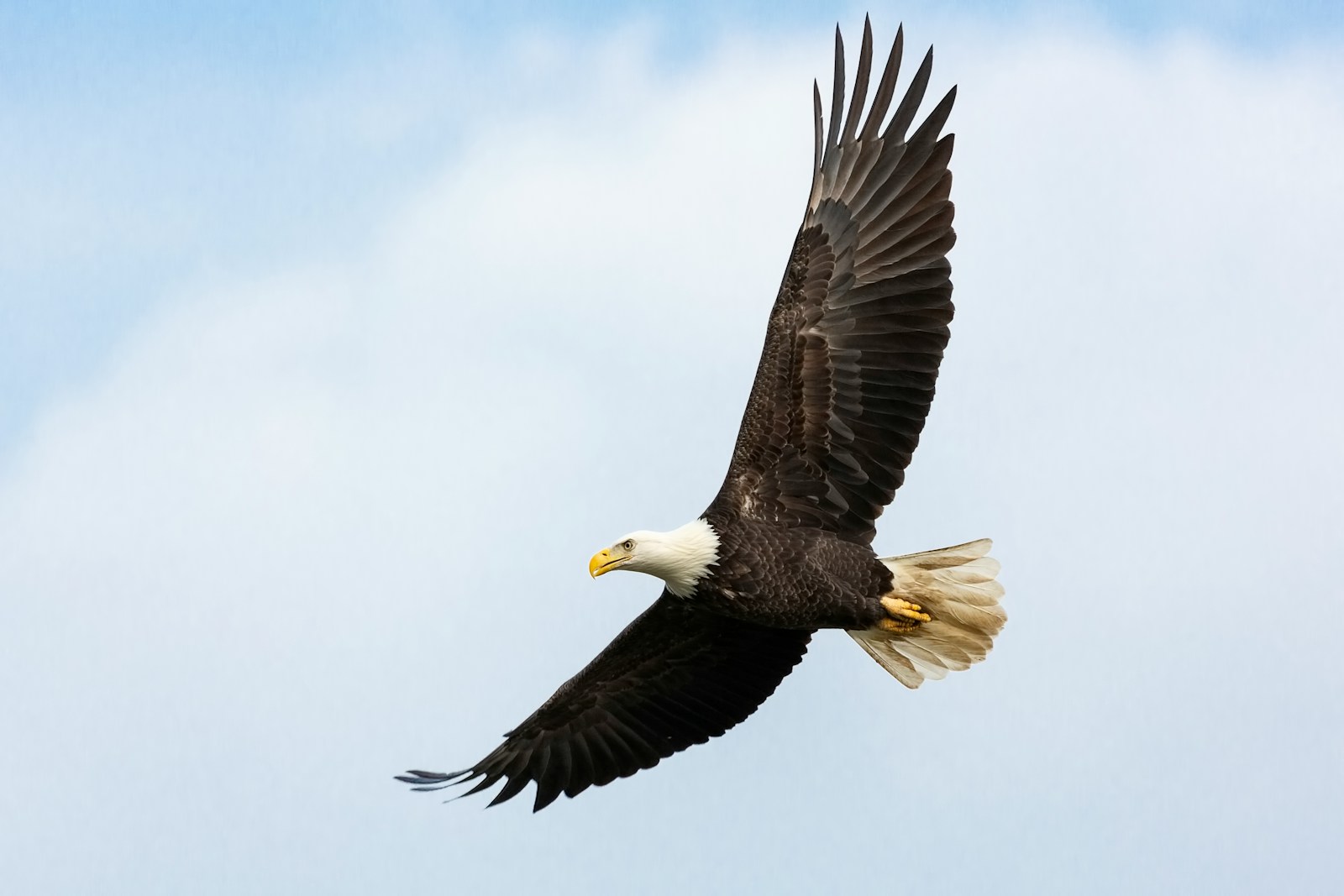
In the classical world of ancient Greece and Rome, birds of prey occupied prominent positions within the mythological hierarchy, often serving as extensions of the gods’ power and will. The eagle, king of birds, was the sacred animal and primary symbol of Zeus/Jupiter, the supreme deity of the Olympian pantheon, often depicted carrying the god’s thunderbolts or serving as his messenger. According to Roman augury practices, the flight patterns and behaviors of eagles and other raptors were carefully observed and interpreted as divine communications, with appearances on the right side generally considered favorable omens. The hawk was associated with Apollo in his solar aspect and was considered a herald of victory in battle. In the story of Prometheus, Zeus sent an eagle to torture the fire-stealing Titan by eating his regenerating liver daily, demonstrating how these powerful avian predators symbolized divine authority and punishment. These mythological associations reflect the awe these magnificent hunters inspired in ancient peoples, who recognized in their keen vision, powerful talons, and mastery of the skies qualities worthy of the gods themselves.
The Mythical Birds of Chinese Folklore
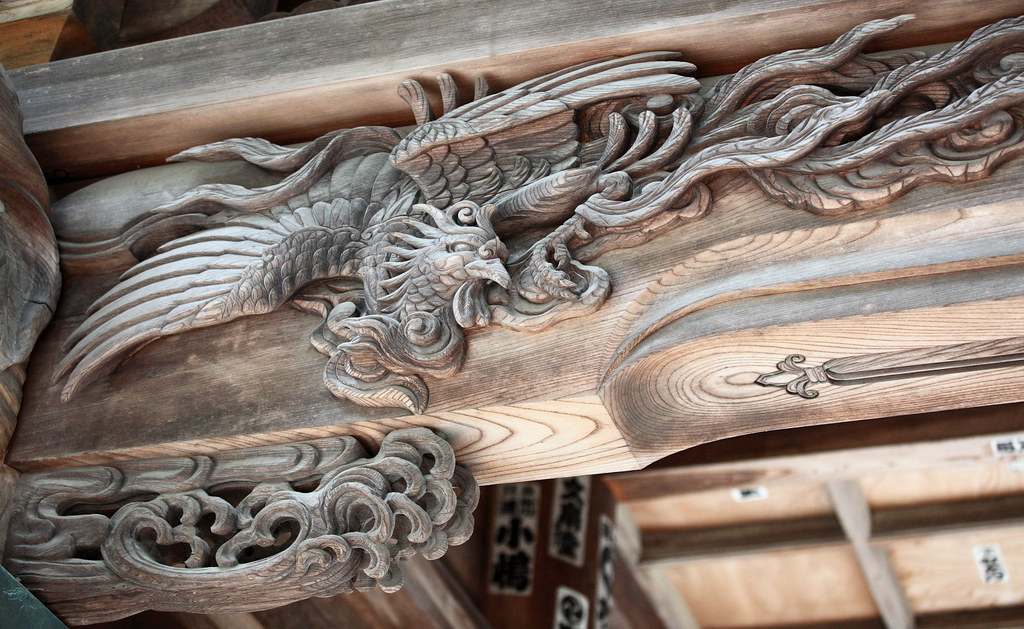
Chinese mythology boasts an extraordinary pantheon of mythical birds whose influence extends throughout East Asian cultural traditions. The Fenghuang, often incorrectly simplified as the “Chinese phoenix,” represents the union of yin and yang energies and was associated with the empress, virtue, prosperity, and the south. Unlike its Western counterpart, the Fenghuang doesn’t immolate itself but appears during times of peace and good governance. Another powerful avian figure is the Vermilion Bird (Zhuque), one of the Four Symbols of Chinese astronomy, which guards the southern quadrant of the heavens and embodies the element of fire. The Three-Legged Crow (Sanzuwu) was a solar symbol believed to live in the sun, its three legs representing the sun’s journey through morning, noon, and evening phases. The Peng, described in Daoist texts, was a colossal bird that transformed from an equally enormous fish, capable of flights so powerful that its wings “were like clouds filling the sky.” These mythical birds not only enriched Chinese narrative traditions but also embodied cosmological principles, virtues, and natural forces that structured ancient Chinese understanding of the universe.
Harpies and Sirens: The Dangerous Bird-Women
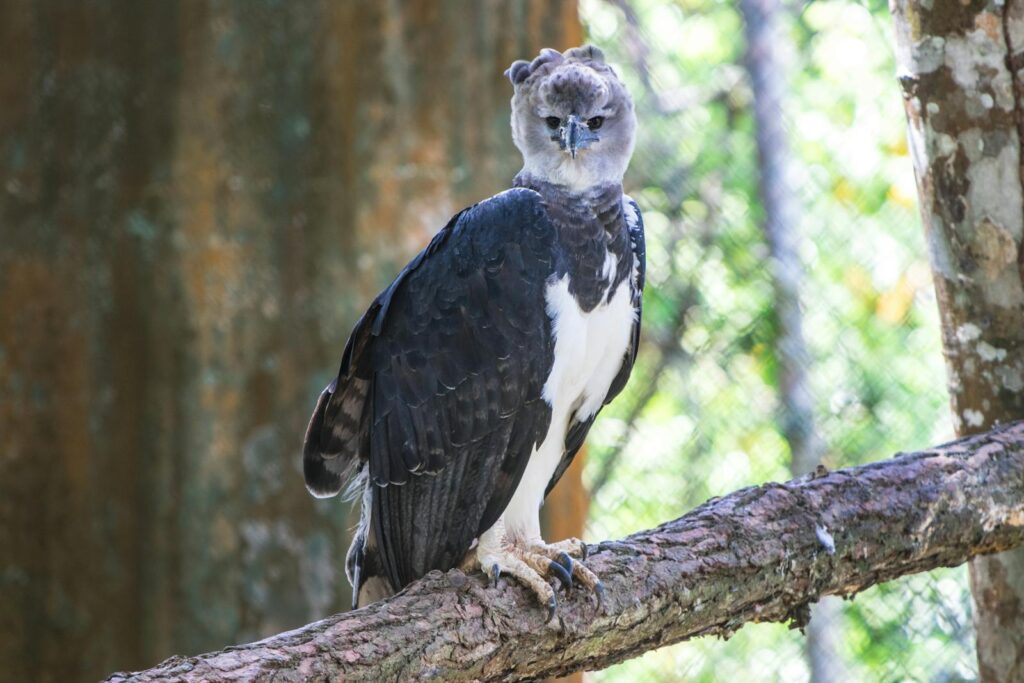
Greek mythology introduced several fearsome hybrid creatures combining avian and female characteristics, creating some of the most memorable and terrifying entities in classical tradition. Harpies, whose name derives from the Greek word meaning “snatchers,” were initially described as beautiful winged maidens but gradually evolved in depictions to become hideous women with the wings, talons, and heads of birds, known for tormenting their victims by stealing food and leaving a terrible stench. In the story of the blind prophet Phineus, these creatures were sent by Zeus to punish him by repeatedly stealing his food until the Argonauts drove them away. The Sirens presented a different but equally deadly threat, typically portrayed as women with birds’ legs and wings whose enchanting songs lured sailors to their deaths on rocky shores. Odysseus famously encountered them in Homer’s “Odyssey,” surviving only by having his crew plug their ears with wax while he was tied to the mast so he could hear their irresistible song without swimming to his doom. These bird-women hybrids embodied fears about feminine seduction and predation, representing dangers that combined beautiful allure with deadly intention.
The Caladrius: A Bird of Healing
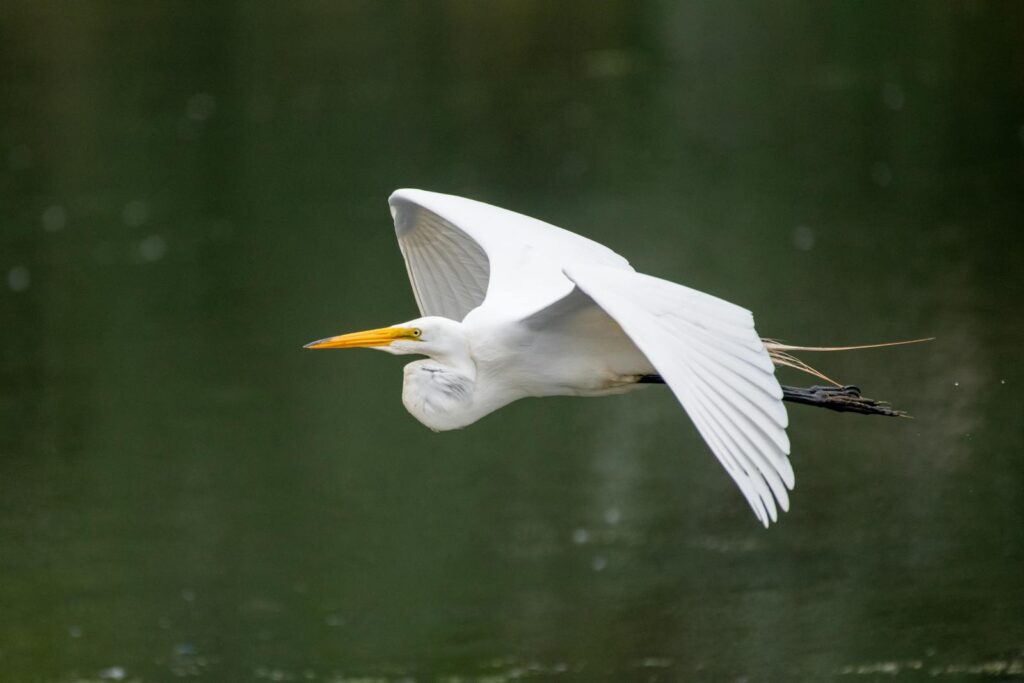
Medieval European bestiaries frequently described the mysterious Caladrius, a snow-white bird believed to possess remarkable healing properties and prophetic abilities. According to these accounts, when brought to a sick person’s bedside, the Caladrius would either turn away, indicating the patient would die, or look directly at them, absorbing their illness before flying toward the sun and burning away the disease. This miraculous bird was mentioned by Pliny the Elder in his “Natural History” and later incorporated into Christian symbolism as an allegory for Christ, who takes away the sins and afflictions of humanity. The Caladrius was typically illustrated as a white heron or egret-like bird, its pure coloration emphasizing its association with healing and divine power. Though likely based on real birds observed in Mediterranean regions, the Caladrius exemplifies how medieval naturalists blended observation with fantastic elements to create creatures that served both explanatory and spiritual purposes. Its diagnostic and curative powers reflected medieval medical practices that relied heavily on prognostication and symbolic treatments, demonstrating how birds became vehicles for expressing human hopes for miraculous intervention against illness and death.
Birds in Celtic Mythology and Folklore
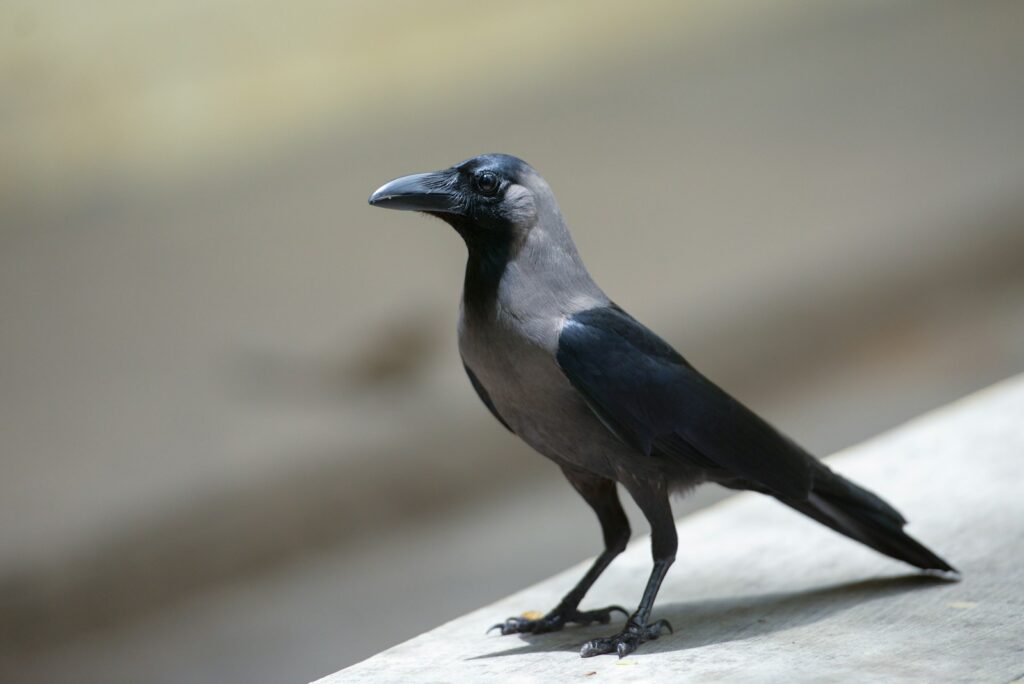
In the verdant lands of Celtic tradition, birds occupied a special position as creatures that could traverse the boundaries between the mortal world and the Otherworld. Ravens and crows featured prominently in Celtic mythology, particularly in association with the goddess Morrigan, a fearsome battle deity who could shapeshift into these dark birds and was often accompanied by them as she flew over battlefields, foretelling doom or choosing the slain. Swans held particular significance in Irish mythology, appearing in tales such as “The Children of Lir,” where four royal children were transformed into swans by their jealous stepmother and condemned to spend 900 years in avian form across three different bodies of water. The wren, despite its small size, featured in Celtic folklore as the “king of all birds,” celebrated during winter solstice traditions that continue today in parts of Ireland, Wales, and the Isle of Man as “Wren Day.” Birds of prey, particularly hawks and falcons, were associated with various deities and were believed to carry messages between worlds, their keen vision symbolizing foresight and spiritual insight. These rich avian associations reveal how Celtic peoples viewed birds as liminal creatures, capable of accessing divine knowledge and navigating realms beyond human reach.
The Role of Birds in Creation Myths
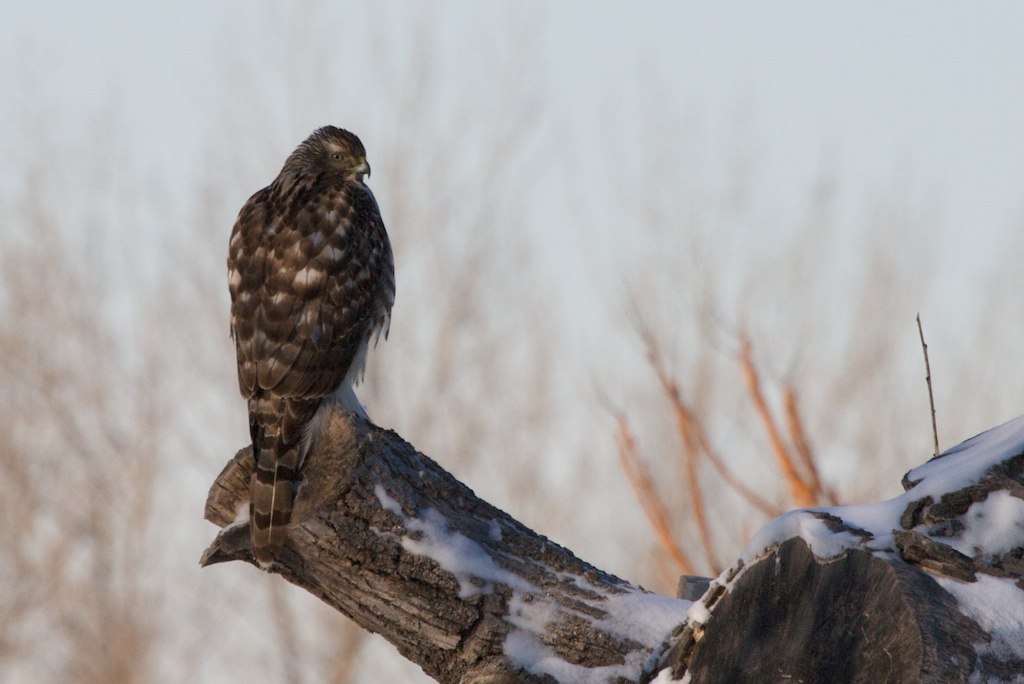
Across numerous world cultures, birds play pivotal roles in creation myths, often serving as the initiators of the cosmos or essential helpers in establishing the world as we know it. In the Iroquois creation story, water birds compassionately caught Sky Woman as she fell from the heavens, placing her on the back of a great turtle where she created the earth. Several Pacific Northwest Indigenous creation tales feature Raven as a trickster-creator who released the sun, moon, and stars from boxes where they had been hidden, bringing light to a darkened world. Finnish mythology’s epic Kalevala describes how a cosmic bird laid seven eggs—six of gold and one of iron—on the knee of Ilmatar, the primordial water mother; when the eggs rolled into the primeval ocean and broke, their fragments became the earth, sky, sun, moon, stars, and clouds. In ancient Egyptian cosmology, the honking of the cosmic goose Gengen Wer or the cry of the Bennu bird broke the silence of pre-creation and initiated the first dawn. These diverse narratives demonstrate a cross-cultural pattern of attributing creative power to birds, perhaps inspired by their egg-laying reproductive process, their mastery of multiple elements, and their seemingly magical ability to navigate between earth and sky, making them perfect symbols for the emergence of order from primordial chaos.
Birds as Omens and Messengers
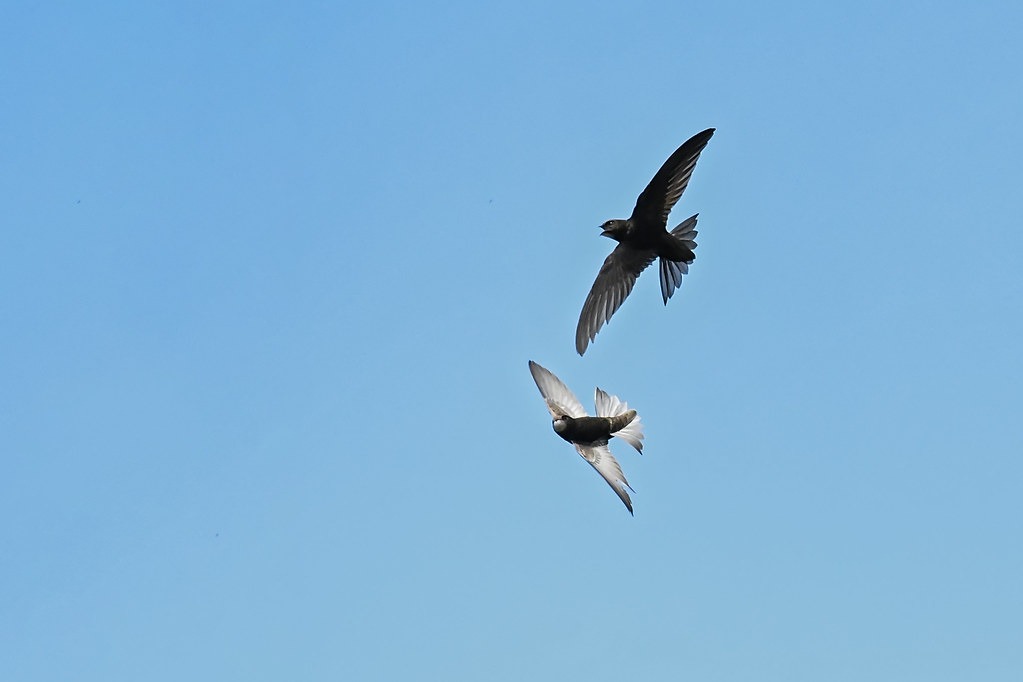
Throughout history, birds have been regarded as carriers of messages from divine realms, their behaviors scrutinized for glimpses into future events and divine intentions. Roman augury developed into a sophisticated divinatory system wherein priests called augurs interpreted the flight patterns, calls, and feeding habits of birds to determine whether the gods favored proposed actions, significantly influencing military and political decisions. In Norse tradition, ravens were considered messengers of Odin, while in Greek mythology, owls represented Athena’s wisdom and guidance coming to mortals. Many indigenous cultures across the Americas believe that when cardinals appear, they carry messages from departed loved ones, a belief that persists in contemporary folk traditions. Ancient Mesoamerican civilizations like the Maya and Aztecs saw particular birds as messengers of specific deities—the quetzal represented Quetzalcoatl, while hummingbirds were associated with Huitzilopochtli and served as guides for warrior souls traveling to the afterlife. The global prevalence of birds as messengers likely stems from their ability to appear suddenly, move between earth and sky, and demonstrate behaviors that seemed to predict weather changes or seasonal transitions, making them perfect intermediaries between human understanding and mysterious cosmic forces that governed life and death.
